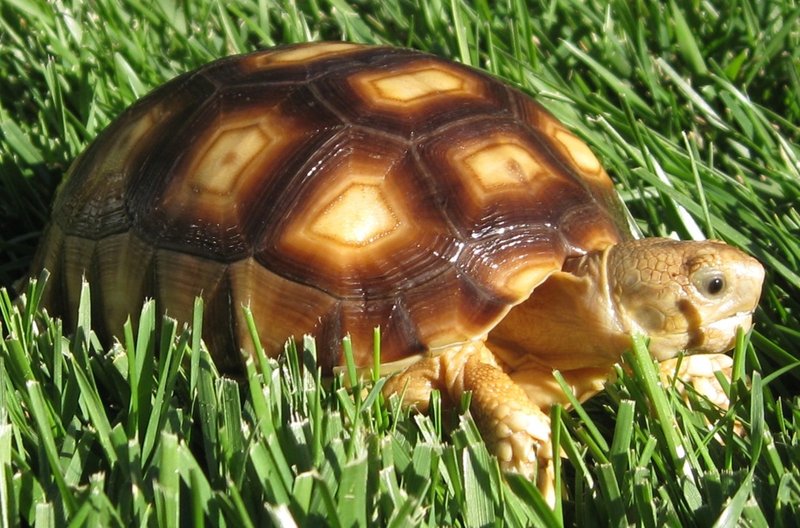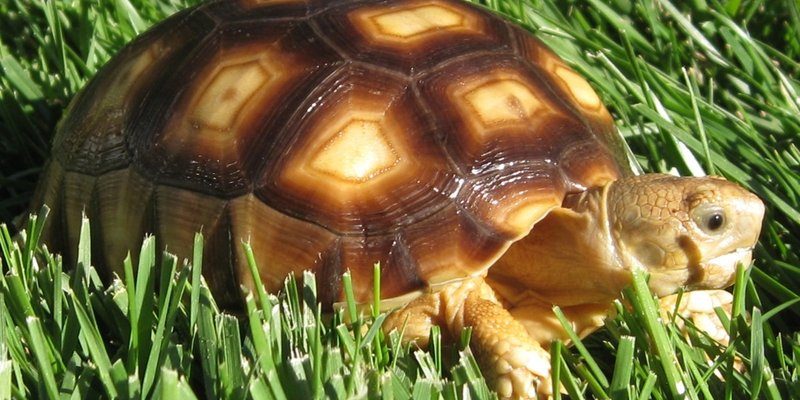
Think of it this way: keeping your tortoise healthy is like tending to a garden. You’ve got to provide the right environment, nourishment, and love to help it thrive. So, let’s dive into the common challenges these tortoises face and how you can keep them in tip-top shape for years to come.
Understanding Sulcata Tortoise Care
First off, it’s essential to understand that Sulcata tortoises are unique compared to other pets. They require specific care tailored to their needs. Think of them as a blend of a plant and a pet; they need a warm environment, plenty of space, and the right food. This species is native to dry regions, so they thrive in warm, sunny spots. Ensuring you replicate these conditions in your home or yard is crucial.
You might be wondering, “What exactly do they need?” Here are the basics: good shelter, a spacious enclosure, appropriate lighting, and a balanced diet. Did you know that they can actually develop health issues if any of these elements are off? For example, a lack of UVB light can lead to serious problems with their shell and bones.
Creating a Comfortable Environment
Let’s talk about their habitat. Sulcata tortoises require a lot of space to roam; an ideal enclosure is at least 10×10 feet for a full-grown tortoise. If you don’t have that kind of room indoors, a secure outdoor pen is perfect, just make sure it’s protected from predators.
In colder climates, you’ll need to provide a heated shelter. Think of it like a cozy cabin where they can hibernate if temperatures drop. Providing a heat source, such as a basking lamp, can help simulate the warm sun they love.
Remember to maintain humidity levels as well. A little spray here and there can help keep their environment comfortable. Just like you wouldn’t enjoy living in a dry, dusty room, neither will your tortoise!
Diet and Nutrition for a Healthy Sulcata
Okay, let’s get to the tasty stuff—what your tortoise eats! The diet of a Sulcata tortoise is mainly made up of high-fiber greens and grasses. You might find them munching on dandelion greens, clover, and hay. These foods not only keep them full but also help maintain their digestive health.
Here’s the thing: you should avoid feeding them fruits and sugary treats too often. Just like humans shouldn’t live on candy, your tortoise needs to steer clear of excessive sugar. Instead, focus on providing quality hay and greens that mimic what they’d find in the wild.
Additionally, make sure they have access to clean, fresh water at all times. Hydration is crucial for their overall health. If they ever seem lethargic or stop eating, it might be a good idea to check their water supply.
Common Health Issues to Watch Out For
Even with the best care, your tortoise can face health problems. One of the most common issues is shell deformities, which often stem from inadequate UVB exposure or improper diet. If you notice any soft spots or misshapen areas on your tortoise’s shell, it’s time to reassess their care routine.
Respiratory issues can also arise, especially if they’re kept in cold, damp conditions. Symptoms include wheezing or nasal discharge. If you see any of these signs, don’t wait—consult a vet who specializes in reptiles right away.
Lastly, observe their behavior. A healthy tortoise should be active and curious. If your Sulcata is hiding or seems less mobile, it might be a sign of trouble.
Preventing Common Health Issues
Prevention really is the key to keeping your Sulcata tortoise healthy. Start with a balanced routine that covers all aspects of care. Provide the right diet, a clean habitat, and adequate sunlight. Regularly check up on their health to catch any issues early.
One easy prevention method is to take them outside during sunny days. Just like we need fresh air, your tortoise benefits from natural sunlight, which helps with vitamin D synthesis. Just remember to supervise them to prevent any escapes or unwanted encounters with pets or wildlife.
Another tip? Regularly clean their living space. A clean environment reduces the risk of illness. It’s similar to how we feel better in tidy spaces—so do your tortoises!
Regular Veterinary Check-Ups
Don’t underestimate the power of a vet visit. Regular check-ups can catch problems before they escalate. A vet who knows about reptiles can provide insights into your tortoise’s specific needs and can help with vaccinations or any other necessary treatments.
You might think it’s a hassle, but just like how you go for routine health check-ups, your tortoise needs that care as well. The peace of mind knowing your tortoise is healthy is priceless.
Caring for a Sulcata tortoise is a rewarding journey! By understanding their needs and staying vigilant about their health, you’ll be rewarded with a happy, thriving companion for years. Just remember that every tortoise is unique—it may take some time to learn what works best for yours.
So, take a deep breath and dive into the world of tortoise care. With a bit of patience, love, and attention, you’ll be setting your Sulcata up for a long, healthy life. After all, every tortoise deserves a little sunshine and care, just like you do!

